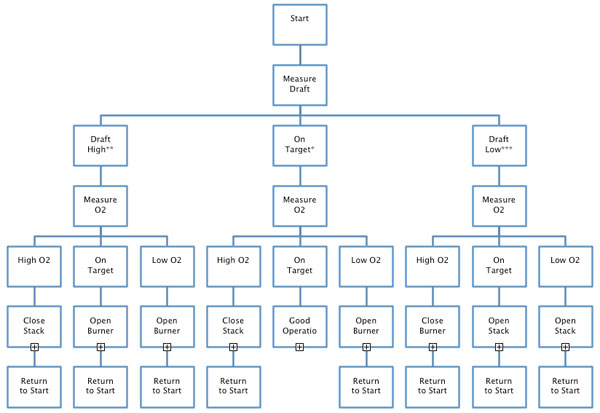Technical Resources
EnviroPro prides itself on being a technical resource for our clients. To this end, we have included this list of technical articles, links, and other useful information. Please bookmark our website as a quick reference and check back often as we will be adding material. If you don’t find the information you are looking for, please contact us and we promise to do our best to help you find answers to your questions. Thank you for visiting our website.
Technical Articles
EnviroPro prides itself on being a technical resource for our clients.
- Gas Turbine Emissions and Control
- CFD Modeling of a Ground Flare
- EPA – Properly Designed Flares
- Wider Service Range for a Liquid Waste Incinerator with a Stainless Steel Constructed Water Quench
- Accu-Shear Pressure Relief Device
Helpful Links
- American Petroleum Institute
- National Petrochemical and Refiners Association
- American Society of Mechanical Engineers
Helpful Documents and Standards:
Fired Heaters and Process Burners
- API STD 560: Fired Heaters for General Refinery Service
- API STD 535: Burners for Fired Heaters in General Refinery Service
- API STD 530: Calculations of Heater Tube Thickness in Petroleum Refineries
- API RP 556: Instrumentation and Controls for Fired Heaters and Steam Generators
- API RP 573: Inspection of Fired Boilers and Heater
Flares
- CFR 60.18: Federal Regulation regarding flares titled “ General Control Device and Work Practice”
- ANSI/API STD 521: Guide for Pressure Relieving and Depressuring Systems
- API RP 537: Flare Details for General Refinery and Petrochemical Service
- ISO 23251: Petroleum, Petrochemical and Natural Gas Industries—Pressure-Relieving and Depressuring Systems
Thermal Oxidizers
- NFPA 86: Standard for Ovens and Furnaces
SCR Systems
- API RP 536: Post-Combustino NOx Control for Fired Equipment in General Refinery Services
02/Draft Flow Chart
Flow chart for balancing Draft and Excess O2 on Natural Draft Heaters

*Natural Draft Furnaces are typically designed to operate at -.1 “WC at the arch. Refer to heater data sheets to determine how your specific heater was designed.
**Draft High means the draft at the arch more negative than the target. (ie. -.4”WC)
***Draft Low means the draft at the arch less negative than the target. (ie. -.02”WC)
Low or High O2 refers to the O2 content of the flue gas at the arch.
When under low O2 conditions, the above recommendations assume that combustibles and CO remain within acceptable levels.
